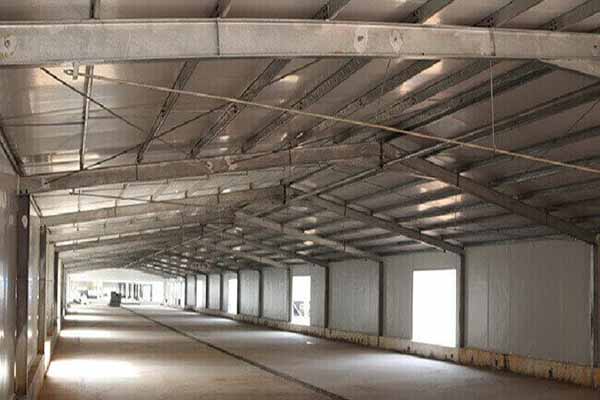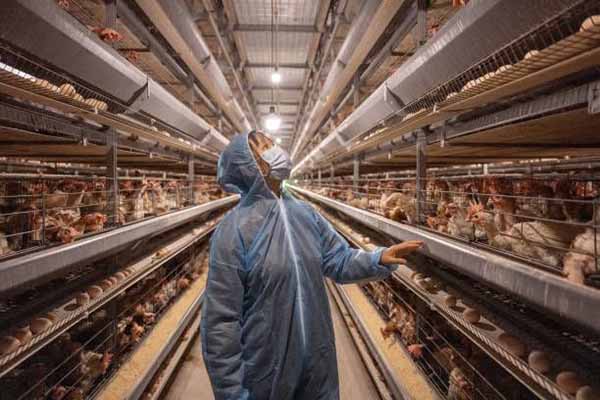Revolutionizing Poultry Farming with Layer Cage Health Sensors
Amidst the growing demand for efficient and sustainable poultry farming practices, integrating advanced technology is crucial. The introduction of layer cage health sensors has transformed the way chicken farmers manage their flocks. In this article, we delve into the benefits and applications of layer cage health sensors in the poultry industry.
Understanding Layer Cage Health Sensors
Layer cage health sensors are cutting-edge devices designed to monitor the health and well-being of hens in commercial chicken farms. These sensors are installed in the cages and continuously collect data on various parameters, including temperature, humidity, and activity levels.

Key Benefits of Layer Cage Health Sensors
- Enhanced Health Monitoring: Real-time data collection allows farmers to identify potential health issues early, leading to timely interventions and reducing mortality rates.
- Improved Biosecurity: Sensors can detect any signs of illness, preventing the spread of diseases within the flock and minimizing economic losses.
- Increased Productivity: By ensuring the optimal environment for hens, sensors contribute to higher egg production and better quality of eggs.
- Energy Efficiency: Sensors optimize the use of resources, reducing energy consumption and lowering operational costs.
According to a study by the Agricultural Research Service, integrating layer cage health sensors in poultry farms can result in a 10% increase in egg production and a 15% decrease in energy consumption.
Applications of Layer Cage Health Sensors
Layer cage health sensors find applications in various aspects of poultry farming:
- Climate Control: Sensors adjust the temperature and humidity in the cages to ensure optimal conditions for the hens.
- Activity Monitoring: Detecting changes in hens’ activity levels can indicate potential health issues or stress.
- Water and Feed Management: Sensors can monitor water and feed consumption, providing insights into the flock’s overall health.
Table 1: Key Features of Layer Cage Health Sensors
| Feature | Description |
|---|---|
| Temperature Monitoring | Ensures optimal cage temperature for hens’ health and productivity |
| Humidity Monitoring | Prevents humidity-related issues and maintains ideal cage conditions |
| Activity Tracking | Monitors hens’ activity levels and identifies potential health concerns |
| Resource Management | Optimizes water and feed consumption, reducing operational costs |
Implementing layer cage health sensors in your poultry farm can lead to significant improvements in efficiency and profitability. Don’t miss out on the opportunity to transform your farm with advanced technology.
<img src="http://www.qualitychickenfarm.com/wp-content/uploads/2025/0 5/10000-chickens-battery-cage-for-layers-price-in-ghana-4.jpg” alt=”inserted image”>
5/10000-chickens-battery-cage-for-layers-price-in-ghana-4.jpg” alt=”inserted image”>
For more information on how to integrate layer cage health sensors into your poultry farm, or to obtain a free, personalized chicken farm design and equipment quotation, please leave a comment below or contact us directly.




